Recently Googoosh, one of Iran’s most beloved and enduring singers, shared a series of previously-untold stories about the ups and downs of her life in an interview with Iranian-American author and journalist Homa Sarshar. In this particular interview, the subject was more Faegheh Atashin than she was Googoosh. After 21 years of silence, though, she retains all the legendary status she attained in Iranian music and remains popular with younger generations, four decades on.
Besides my own personal affection for Googoosh, which is rooted in my adolescence, her 2013 rendition of Rouzbeh Bemani’s song Behesht (“Paradise”) made her even more loved by members of the Iranian LGBT+ community. In the music video, she boldly and publicly declared her support for their cause.
Her answer to one question by Homa Sarshar in the recent interview caught my attention, and that of many other members of the LGBT+ community besides. Googoosh was asked about the song Agha Joon (“Dear Papa” or “Dear Sir”), written for her by Mohammad Saleh Ala and released at the height of the 1979 revolution. Many thought that it expressed her affection for Ayatollah Khomeini, leader of the Islamic Revolution. But in fact, Googoosh newly revealed, it was in honor of a man named Bijan Saffari.
Who Was Bijan Saffari?
Bijan Saffari was a 20th century intellectual, avant-garde painter, architect and former professor at Tehran’s Faculty of Decorative Arts. Born in 1933 in Tehran, he was the son of the general and senator Mohammad Ali Saffari. He graduated with a degree in architecture from the Ecole Spéciale d’Architecture in Paris in 1958 and returned to Iran the following year.
Saffari then launched his own architecture firm and started painting, while also teaching architecture. He became a member of the Empress Farah Foundation’s board of trustees, growing close to Farah Pahlavi herself. From 1965 to 1977 he was also an advisor to Iranian National Radio and TV. He was the architect of Tehran’s City Theater and Daneshjou Park complex, and a member of planning committee of Shiraz Festival of Arts, overseeing the festival’s theater events.
Saffari was also made the director of the Theater Workshop, a major experimental training group in Iranian theater that was initiated in 1969. Many outstanding playwrights, actors, and directors came out of the Theater Workshop with divergent views and styles, all pioneers in their own field.
Saffari emigrated to France and passed away in Paris at the age of 86 on April 22, 2019. His achievements in the pre-revolutionary Iranian cultural sphere were myriad. But he is equally well-remembered for one single event: his gay marriage, the first ever recorded in Iran.
The Wedding
In February 1978, the Commodore Hotel on Tehran’s Takht-e Jamshid Avenue, a short walk away from American Embassy, played host to a ceremony that captivated reporters and the public in equal measure. At the Turquoise Restaurant on the hotel’s top floor, over a 360-degree view of Tehran, an unprecedented event took place: the marriage ceremony of two gay men, an event unimaginable in the Islamic Republic today.
Acording to a report by Radio Rangin Kaman (Radio “Rainbow Community”, the term used for the LGBT+ community in Iran), Bijan Saffari and his boyfriend of many years Sohrab Mahvi, another designer for the Niavaran Palace, decided to mark their relationship to date in the form of a wedding ceremony. Strictly speaking it was, of course, impossible for their marriage to be registered officially. But the two lovers were determined to make the ceremony as close to a traditional wedding as possible, and for them and their relationship, it would mean the same thing. So they invited a clergyman to perform the rites.
This idea was opposed by the friends and families of both. But in the end, it came to pass. A reporter for Radio Rangin Kaman interviewed a number of the guests, and described the event thus:
“The sun had set, and one could hear the sound of music emanating from the alleys and back alleys of Takht-e Jamshid Avenue. Bijan Saffari was the son of the general and senator Mohammad Ali Saffari, one of the closest members of the legislature to the late king. Sohrab Mahvi was the son of one of the wealthiest businessmen at the time. Both of them were among the closest artist friends of Empress Farah and were regularly invited to parties and gatherings at the royal court. The wedding ceremony was held at the Commodore Hotel because Bijan Saffari had been the designer of Daneshjou Park, a few steps away from the hotel, and Saffari was an architect of this luxurious hotel as well.”
Empress Farah had congratulated the couple through her close friend and confidante, the painter Leyli Matin-Daftari, who was present as a guest along with Sarvenaz Pahlavi, a niece of the Shah. Also present was Keyvan Khosrovani, a well-known figure in the Iranian LGBT+ community and a designer of Empress Farah’s royal wardrobe.
At around 9pm the couple, dressed exactly alike and holding hands, entered the hall to the applause and cheers of their guests. Only the hotel’s official photographer took pictures. After the ceremony, the couple had planned to ride a carriage to Daneshjou Park, their shared project, which had quickly also become a gay hangout. It was snowing, but they went ahead and rode to the park anyway, to the astonishment of onlookers in the street.
The Couple's Flight
News of the wedding made headlines, to the chagrin of some of those not invited, and groups opposed to the establishment in Iran at the time. Mojahed, the official organ of the People’s Mojahedin Organization [MEK], declared a wedding held by two gay men symbolized “the height of corruption” of Pahlavi regime.
By altering the lyrics of a popular song, the satirical weekly Tawfiq called the event an “infamy”. The secret radio service of the communist Tudeh Party, broadcasting from Moscow in Persian, talked about how this event thumbed a nose at the toiling masses: “The courtiers have been on a binge for so long that are now bored with their everyday entertainments and have resorted to strange ceremonies, including organizing the wedding of two men.”
In the tense political atmosphere before the revolution, attacks over the wedding, especially on Bijan Saffari’s father, reached such a peak that the newlyweds, who had traveled abroad for their honeymoon, never returned to Iran. Nobody except their close friends knows about the fate of their relationship. Saffari died in Paris in 2019, and Sohrab Mahvi lived out his golden years in the United States.
Tehran’s Commodore Hotel, the site of this unprecedented union, now belongs to the Ministry of Agriculture Jihad under a regime that not only does not recognize the human rights of homosexuals, but instead routinely hangs them. The Islamic Republic milked this event as much as it could to damage the reputation of the monarchy. The world, however, has changed since then.
"You are blessed with love," Googoosh sings in the song dedicated to Bijan Saffari. "You wrote your destiny with happy hands / Dear and good sir, a long life and honor to you / God humiliate your enemy."
visit the accountability section
In this section of Iran Wire, you can contact the officials and launch your campaign for various problems




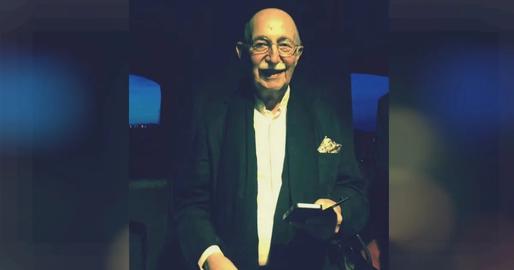
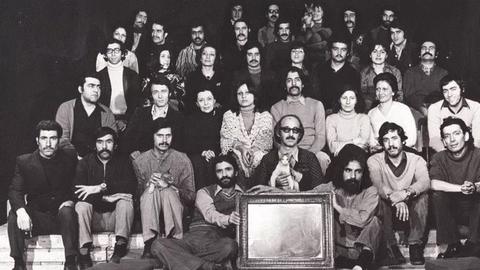

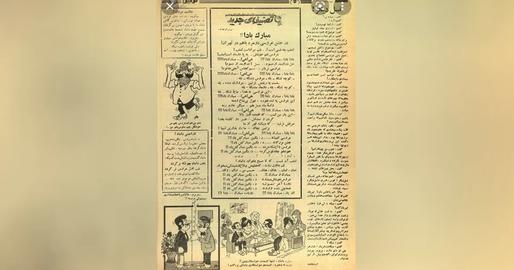
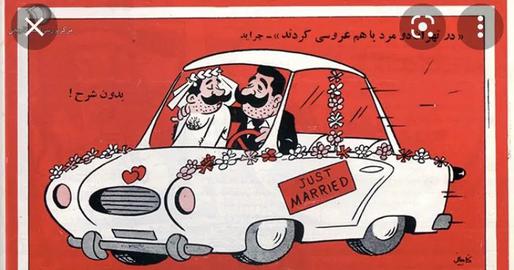
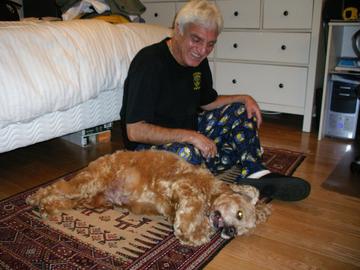















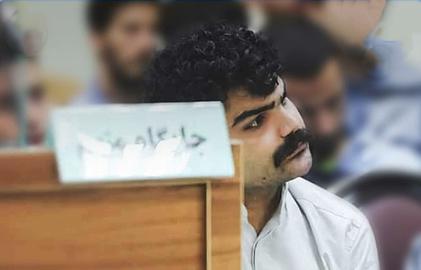




comments